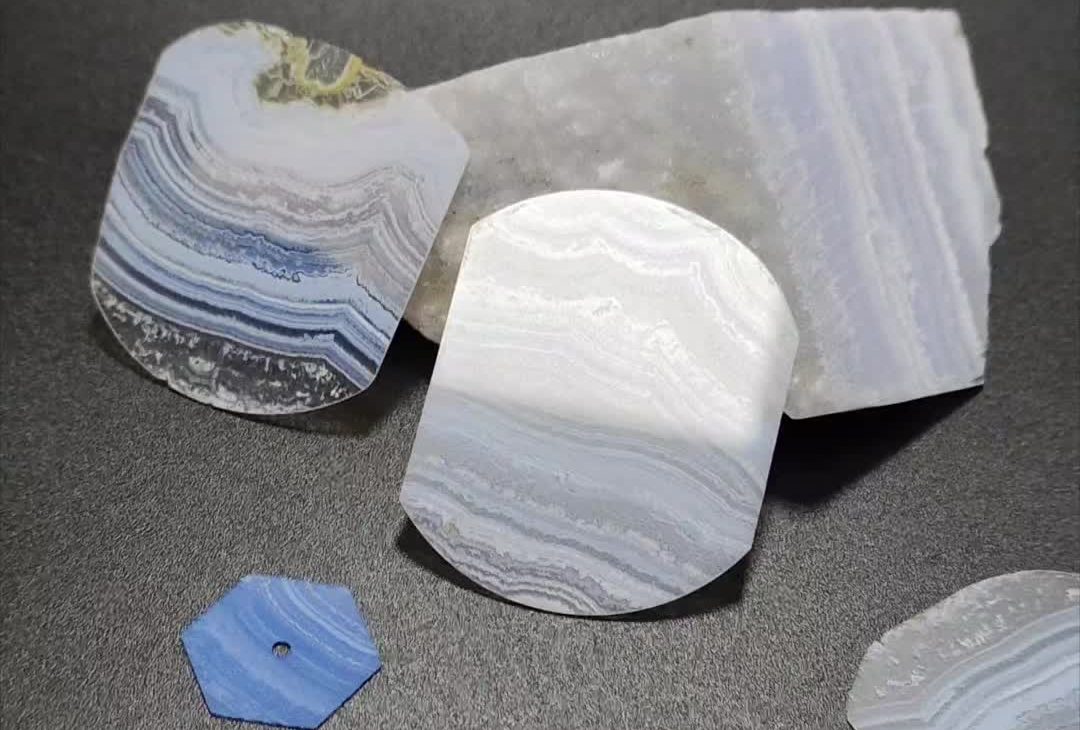1. What is Sapphire Crystal?
Sapphire crystal is a synthetic material made from aluminum oxide (Al₂O₃) under high-temperature and high-pressure conditions. Despite its name, sapphire crystal can be completely transparent and colorless. It is extremely hard, ranking 9 on the Mohs hardness scale, second only to diamonds. This makes it the preferred material for high-end watch glass.
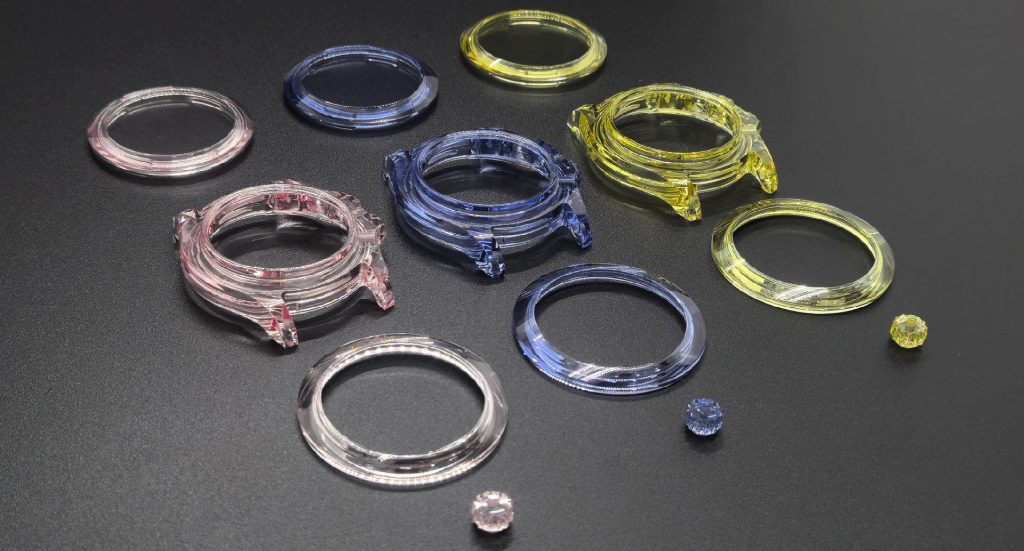
2. Why is Sapphire Crystal Used in Watches?
Sapphire crystal is widely used in the watch industry due to its outstanding properties:
Exceptional Scratch Resistance
It remains clear and unscathed by everyday objects like keys or coins.
Compared to mineral glass (Hardlex) and acrylic, sapphire is much more durable.
Superior Transparency
High light transmission ensures excellent clarity, perfect for skeleton dials and luxury watches.
Anti-reflective (AR) coatings can be applied to further enhance visibility.
Corrosion Resistance
Unaffected by acids, alkalis, or other chemicals, ensuring long-lasting durability.
Ideal for dive watches and sports watches that require toughness.
Luxury Appeal
Due to its high production cost, sapphire crystal is mainly used in mid- to high-end watches, adding a sense of premium quality.
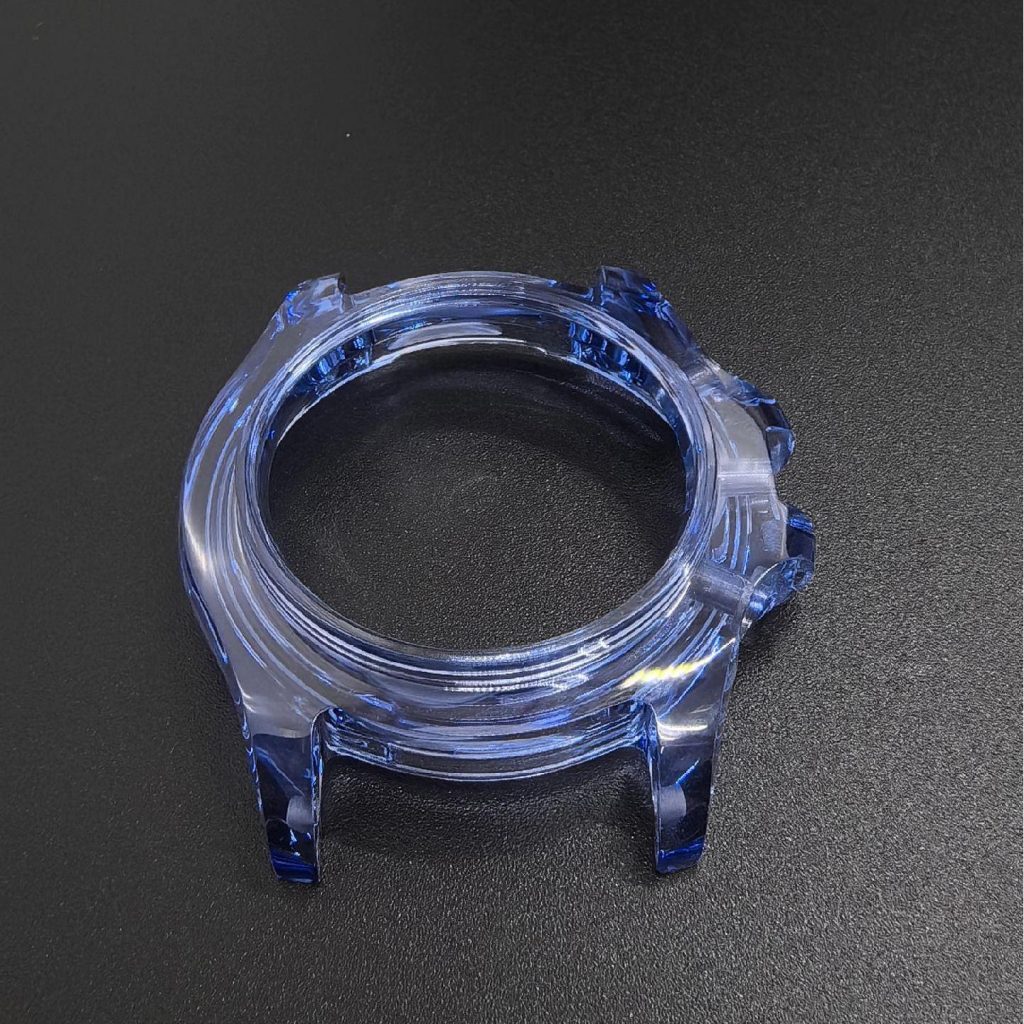
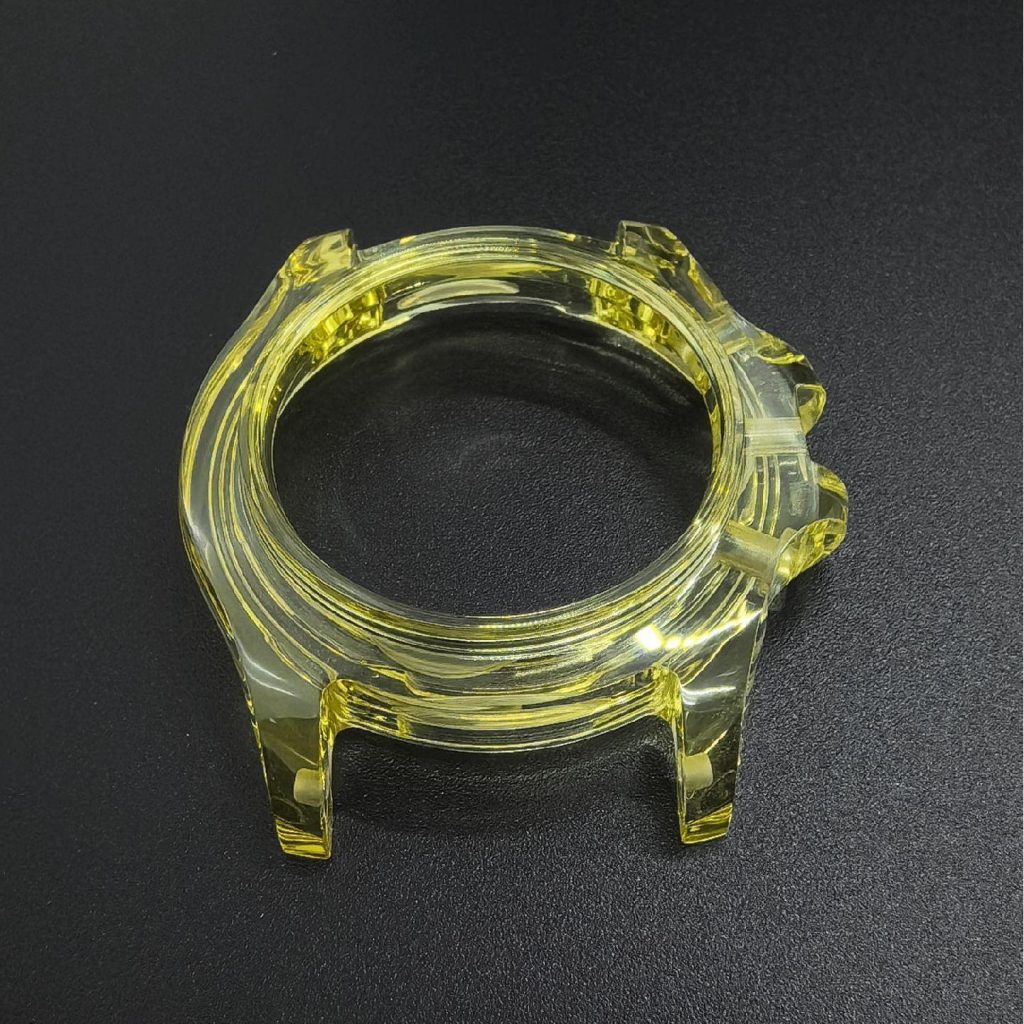
3. Where is Sapphire Crystal Used?
High-End Mechanical Watches
Brands like Rolex, Omega, and Patek Philippe use sapphire crystal in nearly all their models.
Skeleton Watches
The high transparency of sapphire crystal allows a clear view of the movement, enhancing the aesthetic appeal.
Dive & Sports Watches
Sapphire’s scratch resistance and corrosion resistance make it a perfect fit for professional dive watches like the Rolex Submariner and Omega Seamaster.
Transparent Case Backs
Many luxury mechanical watches feature sapphire case backs, allowing wearers to admire the movement (e.g., IWC, independent watchmakers).
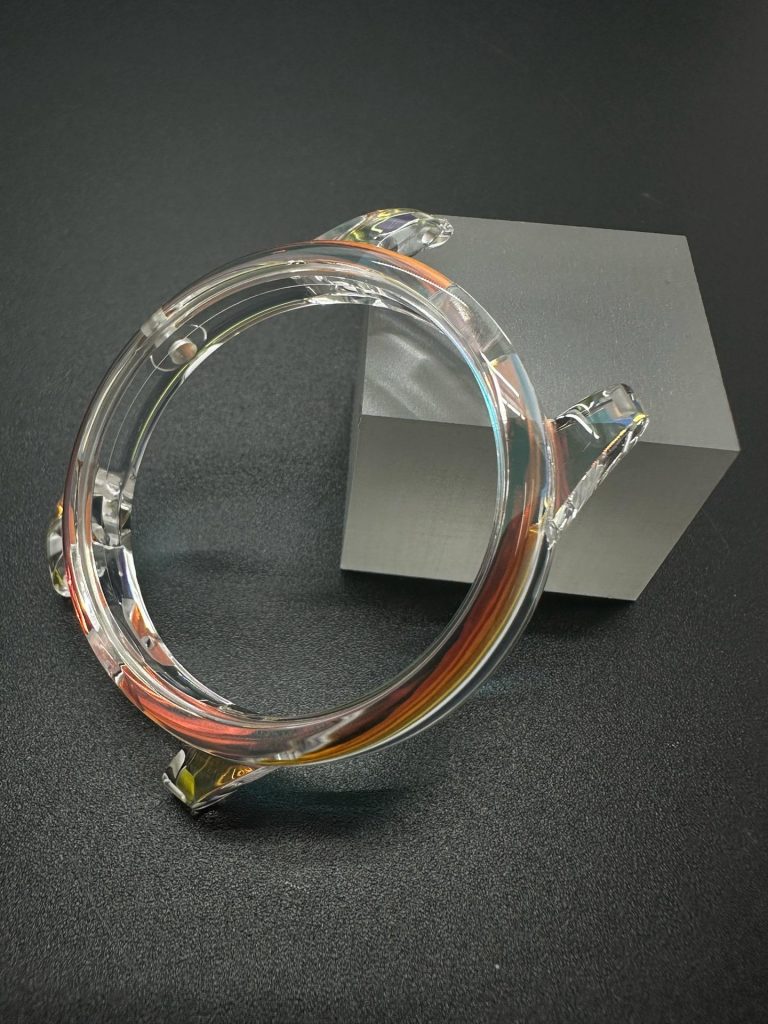
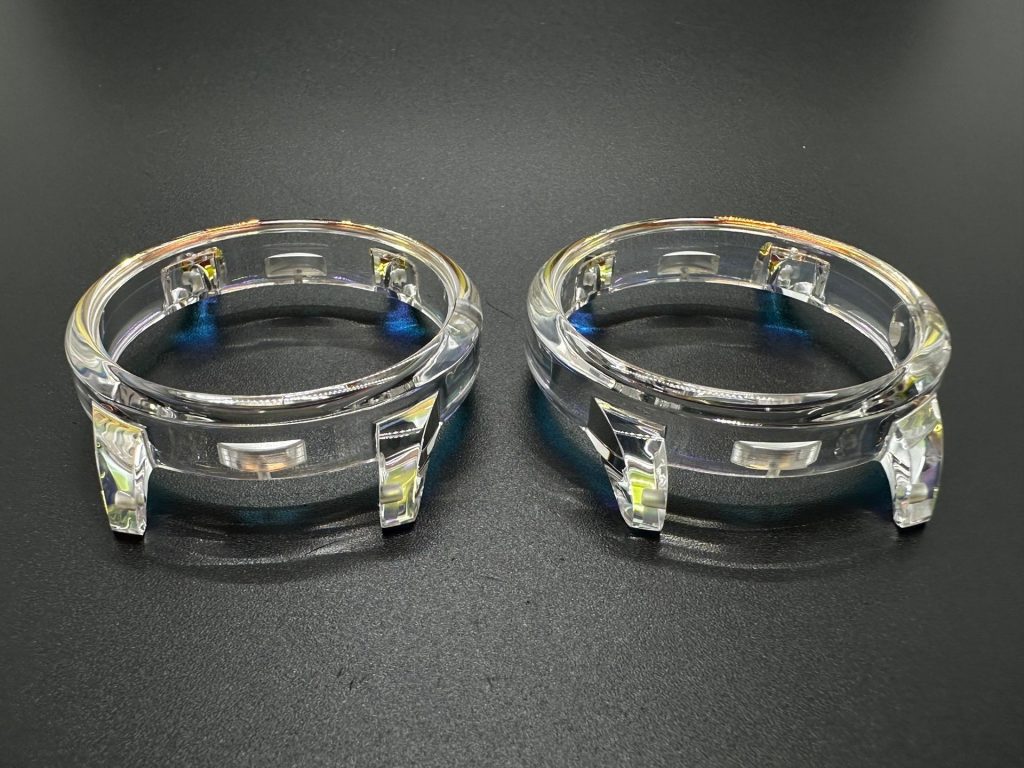
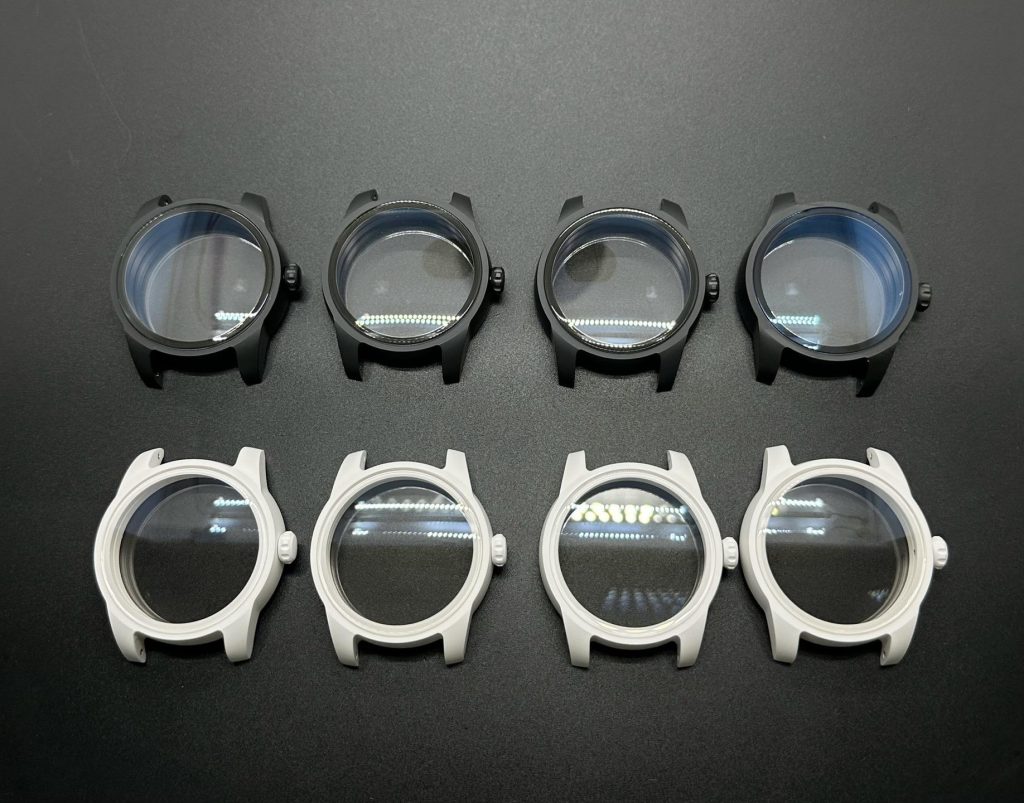
5. Drawbacks of Sapphire Crystal
Although sapphire crystal has many advantages, it also comes with some downsides:
High Cost
The production process is complex, and cutting sapphire is challenging, making it significantly more expensive than mineral or acrylic glass.
As a result, it is mostly used in mid-to-high-end watches, while budget-friendly watches still rely on mineral glass.
Brittle Nature
While sapphire is highly scratch-resistant, it is also more brittle compared to acrylic, meaning it can shatter upon impact.
Unlike acrylic, which can absorb shocks, sapphire is more prone to cracking when dropped or hit hard.
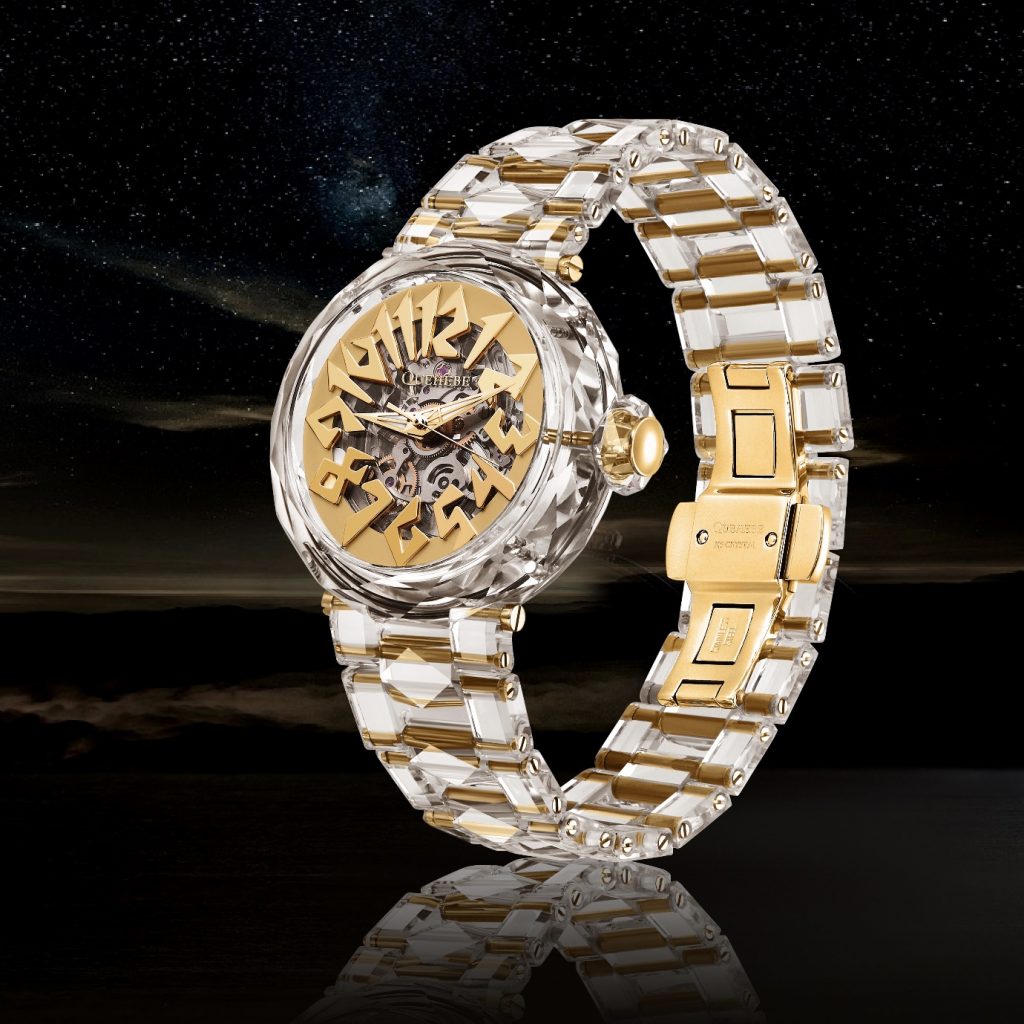
QUEHEBE WATCHES
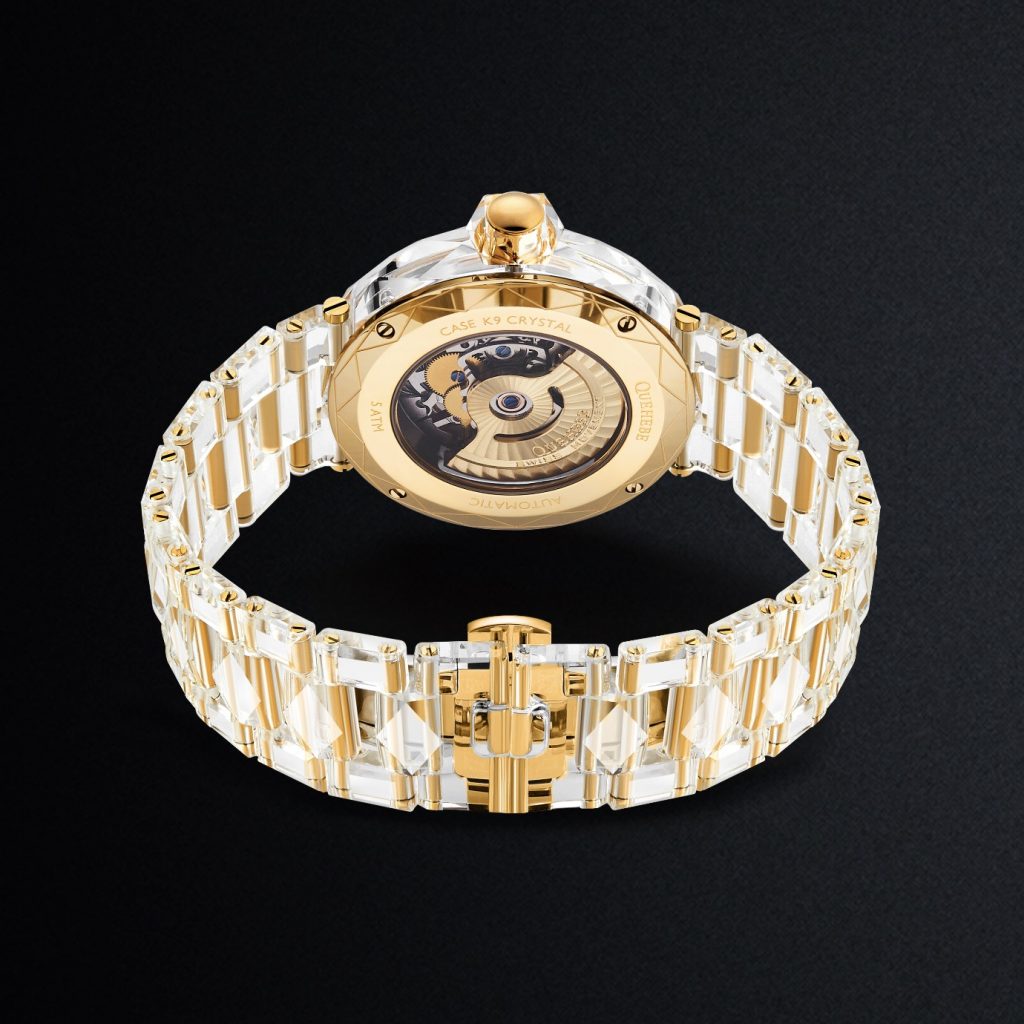
6. Future Trends of Sapphire Crystal
With technological advancements, sapphire crystal is evolving in various ways:
🔸 Double-Sided Anti-Reflective Coating – Reduces glare and improves legibility.
🔸 Curved Sapphire Glass – Seen in watches like Rolex Sky-Dweller and Patek Philippe Nautilus, adding elegance and durability.
🔸 Colored Sapphire Crystals – Featured in brands like Richard Mille, with red, blue, and green sapphire cases.
🔸 Ultra-Thin Sapphire Glass – Designed for slim watches to enhance comfort.
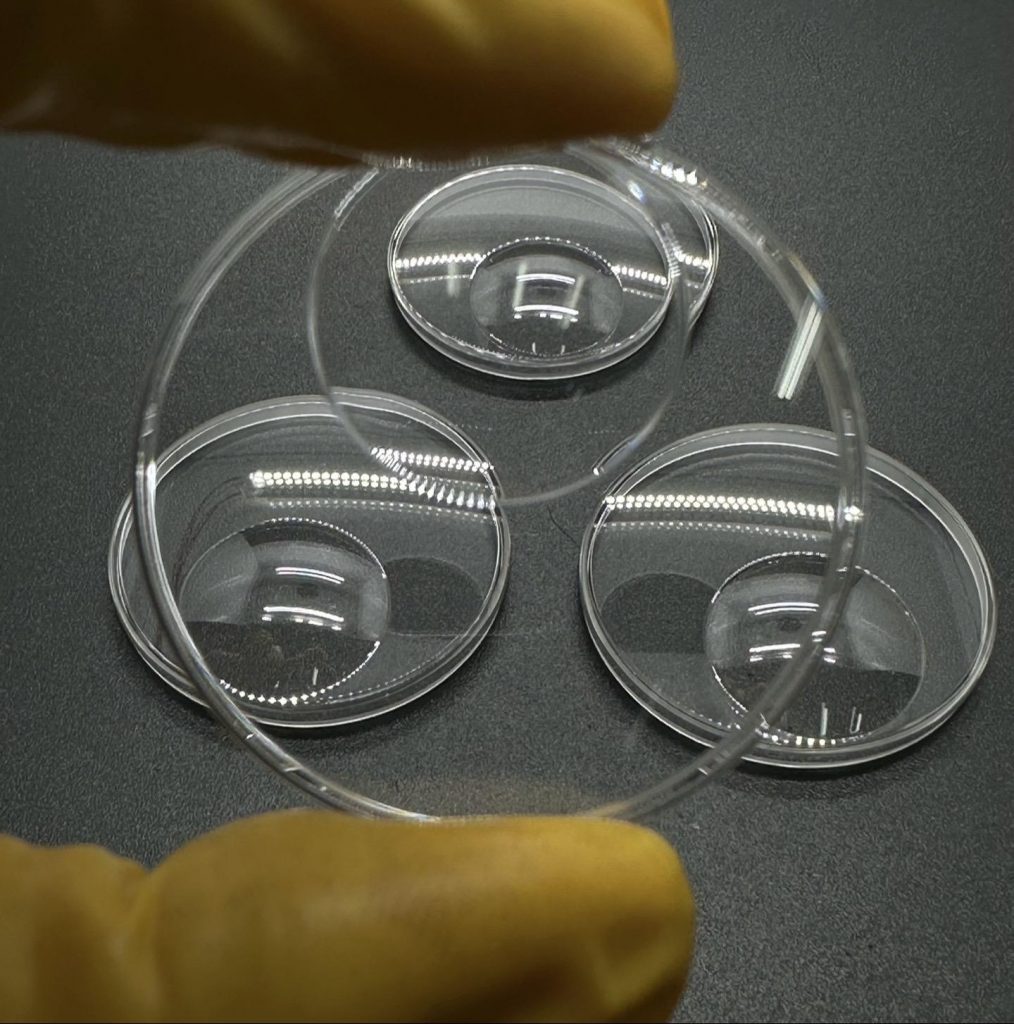
Sapphire crystal has become the gold standard for high-end watches due to its hardness, clarity, and durability. Despite its higher cost and brittle nature, advancements in manufacturing techniques may lead to more widespread use in the future. For those seeking premium quality, scratch resistance, and long-lasting clarity, watches with sapphire crystal are undoubtedly a smart investment.

